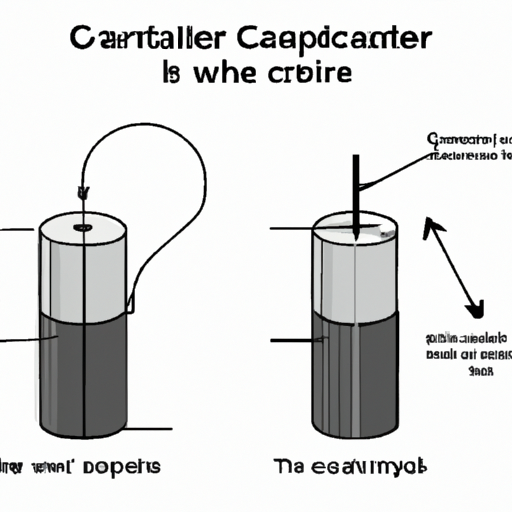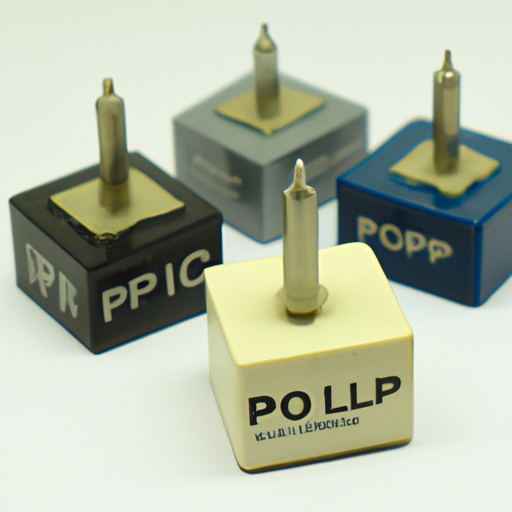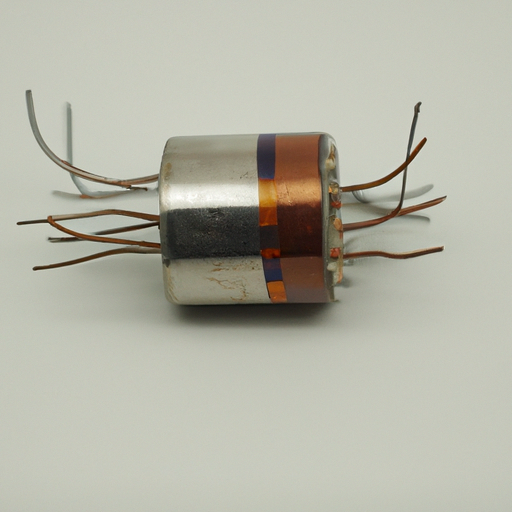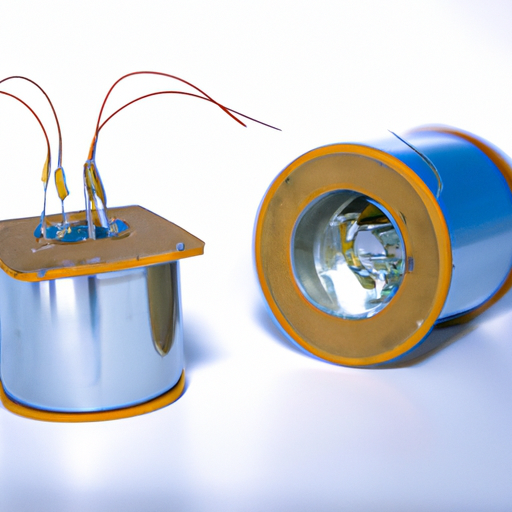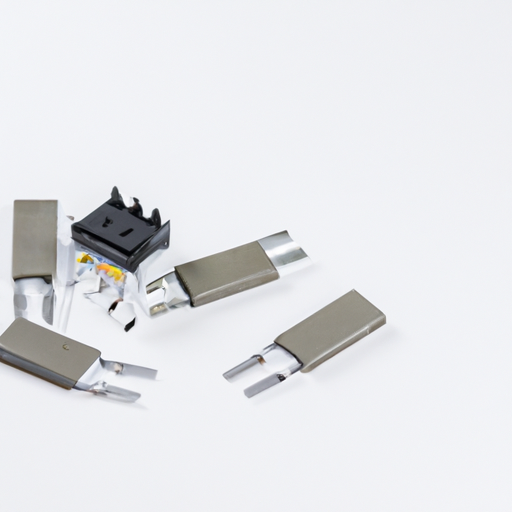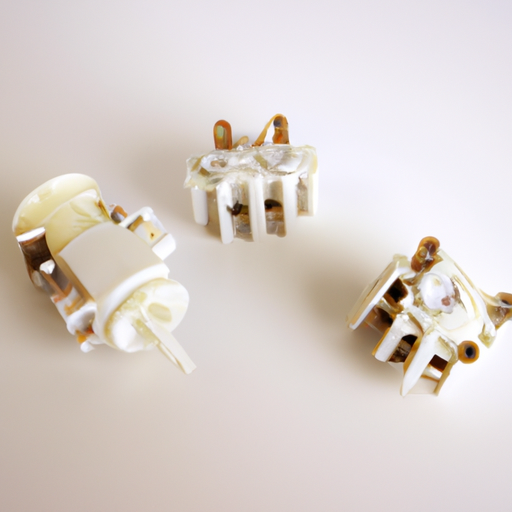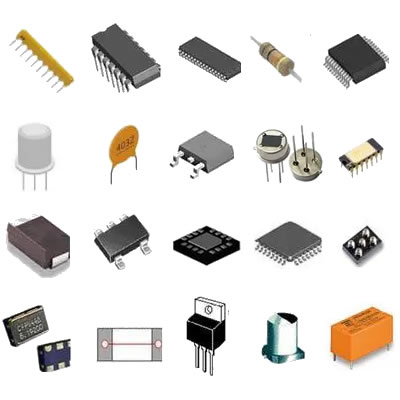What is the working principle of capacitor c?
What is the Working Principle of Capacitor C?
I. Introduction
Capacitors are fundamental components in electrical and electronic circuits, playing a crucial role in various applications. A capacitor is a passive electronic device that stores electrical energy in an electric field, allowing it to release that energy when needed. Understanding the working principle of capacitors, particularly "Capacitor C," is essential for anyone involved in electronics, whether as a hobbyist or a professional engineer. This blog post will delve into the basic concepts of capacitors, their working principles, applications, and real-world examples, while also addressing their limitations and future trends.
II. Basic Concepts of Capacitors
A. Structure of a Capacitor
A capacitor consists of two conductive plates separated by an insulating material known as a dielectric. The plates are typically made of metal, while the dielectric can be made from various materials, including air, paper, ceramic, or plastic. The structure of a capacitor is crucial to its function, as it determines how effectively the capacitor can store and release electrical energy.
B. Types of Capacitors
Capacitors come in various types, each suited for specific applications:
1. **Electrolytic Capacitors**: These capacitors have a high capacitance value and are polarized, meaning they must be connected in a specific direction in a circuit. They are commonly used in power supply circuits.
2. **Ceramic Capacitors**: Known for their stability and reliability, ceramic capacitors are often used in high-frequency applications. They are non-polarized and come in various capacitance values.
3. **Film Capacitors**: These capacitors use a thin plastic film as the dielectric. They are known for their low ESR and are often used in audio applications.
4. **Tantalum Capacitors**: Tantalum capacitors are known for their high capacitance in a small package. They are also polarized and are used in applications where space is limited.
C. Key Parameters
Understanding the key parameters of capacitors is essential for selecting the right one for a specific application:
1. **Capacitance**: Measured in farads (F), capacitance indicates the amount of charge a capacitor can store per volt applied.
2. **Voltage Rating**: This is the maximum voltage a capacitor can handle before it risks breakdown.
3. **Equivalent Series Resistance (ESR)**: ESR is a measure of the resistance a capacitor presents to alternating current (AC). Lower ESR values are generally preferred for high-frequency applications.
III. The Working Principle of Capacitor C
A. Charge Storage Mechanism
The working principle of a capacitor revolves around its ability to store electrical charge. When a voltage is applied across the plates of a capacitor, an electric field is created, causing positive charge to accumulate on one plate and negative charge on the other. The dielectric material between the plates enhances this electric field, allowing the capacitor to store more charge than it would without the dielectric.
B. Capacitance and Its Calculation
The capacitance (C) of a capacitor is defined by the formula:
\[ C = \frac{Q}{V} \]
Where:
- \( C \) is the capacitance in farads,
- \( Q \) is the charge stored in coulombs,
- \( V \) is the voltage across the capacitor in volts.
Several factors affect capacitance, including the surface area of the plates, the distance between them, and the type of dielectric material used. Increasing the surface area or using a dielectric with a higher permittivity will increase the capacitance.
C. Charging and Discharging Process
When a capacitor is connected to a voltage source, it begins to charge. The time it takes to charge to approximately 63% of the maximum voltage is known as the time constant (τ), which is calculated as:
\[ τ = R \times C \]
Where \( R \) is the resistance in the circuit. The charging and discharging process follows an exponential curve, meaning that the rate of charge flow decreases over time. This behavior is crucial in timing applications, where capacitors are used to create delays.
IV. Applications of Capacitor C
Capacitors are versatile components with a wide range of applications:
A. Energy Storage
Capacitors store energy for later use, making them essential in power supply circuits. They can smooth out voltage fluctuations, providing a stable output.
B. Filtering and Smoothing in Power Supplies
In power supply circuits, capacitors filter out noise and smooth the output voltage. They help maintain a steady voltage level, which is critical for the proper functioning of electronic devices.
C. Timing Applications
Capacitors are used in timing circuits, where they charge and discharge at specific rates to create delays. This is commonly seen in oscillators and timers.
D. Coupling and Decoupling in Circuits
Capacitors can couple AC signals between different stages of a circuit while blocking DC voltage. They are also used to decouple power supply lines, preventing noise from affecting sensitive components.
V. Real-World Examples
A. Capacitor C in Power Supply Circuits
In a typical power supply circuit, capacitors are used to filter the output voltage. For instance, after rectification, a large electrolytic capacitor smooths the pulsating DC voltage, providing a stable output for electronic devices.
B. Capacitor C in Audio Equipment
In audio equipment, capacitors are used to block DC voltage while allowing AC audio signals to pass. This ensures that only the desired audio frequencies are amplified, improving sound quality.
C. Capacitor C in Timing Circuits
In timing circuits, such as those found in digital clocks, capacitors charge and discharge at specific intervals, creating precise timing signals that control the operation of the clock.
VI. Limitations and Considerations
A. Voltage Ratings and Breakdown
Every capacitor has a voltage rating, and exceeding this rating can lead to breakdown and failure. It is crucial to select capacitors with appropriate voltage ratings for the intended application.
B. Temperature Effects on Capacitance
Capacitance can vary with temperature, affecting the performance of capacitors in certain applications. It is essential to consider temperature coefficients when selecting capacitors for environments with fluctuating temperatures.
C. Aging and Reliability of Capacitors
Capacitors can degrade over time, leading to reduced performance and failure. Understanding the aging characteristics of different capacitor types is vital for ensuring long-term reliability in circuits.
VII. Conclusion
In summary, the working principle of capacitor C is based on its ability to store and release electrical energy through the accumulation of charge on its plates, facilitated by the dielectric material. Capacitors play a vital role in various applications, from energy storage to filtering and timing. Understanding their principles, applications, and limitations is essential for anyone involved in electronics. As technology advances, the development of new capacitor materials and designs will continue to enhance their performance and expand their applications in the future.
VIII. References
For further reading and exploration of capacitors, consider the following resources:
1. "The Art of Electronics" by Paul Horowitz and Winfield Hill
2. "Capacitors: Technology and Applications" by John Smith
3. IEEE Journals on capacitor technology and applications
4. Online resources such as educational websites and electronics forums for practical insights and discussions on capacitors.
By understanding the principles and applications of capacitors, you can better appreciate their significance in the world of electronics and their impact on modern technology.

